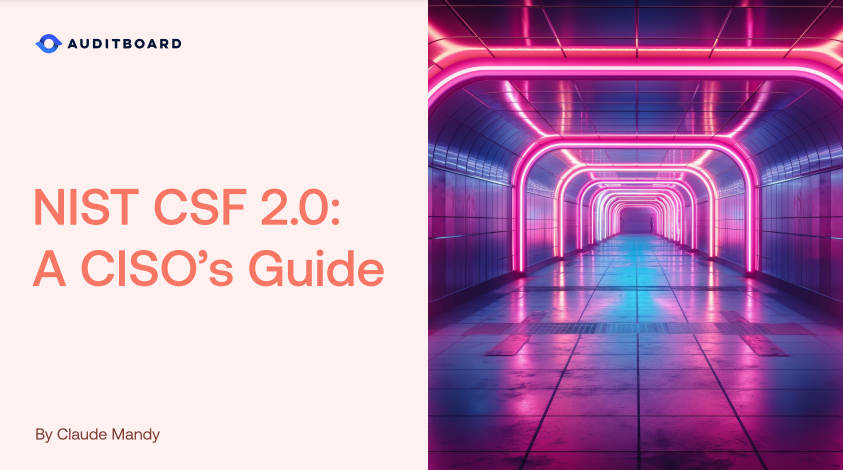NIST CSF 2.0: Understanding the Changes and Their Impact for CISOs

The NIST CSF has become one of the most widely adopted standards for organizations seeking to enhance their cybersecurity posture and inform their cybersecurity control requirements. It provides a level of business abstraction into non–technical terms that other standards have been missing. This makes it easy to describe what the controls in each function are intended to do in non-technical terms: Identify, Protect, Detect, Respond, and Recover. Recently, NIST released the 2.0 version of the framework.
The biggest visible change to NIST CSF is the introduction of a new “Govern” function. “Govern” has become central to the rest of the pillars, as it informs how an organization will implement the other five functions. Sustainable use of the CSF is only possible with clear governance and structures to support decision-making. This includes gathering organizational context, establishing oversight committees, defining risk management strategy, and clarifying roles and responsibilities.
Another significant update is the broadening of the framework’s scope. NIST CSF 2.0 is now deemed suitable for all organizations across government, industry, and academia–not just critical infrastructure. It is important to note that this is not a compliance requirement, but an acknowledgment that the benefits of adopting the CSF are not industry-specific.
Furthermore, NIST CSF 2.0 consolidates a significant amount of guidance and tools aimed at helping organizations better use the CSF. To facilitate the effective implementation of NIST CSF 2.0, NIST has created a suite of resources designed to provide organizations with tailored pathways into the framework. Read the full guide to learn more about the key changes from NIST CSF 1.0 and the implication of these changes based on how CISOs generally use NIST CSF.

